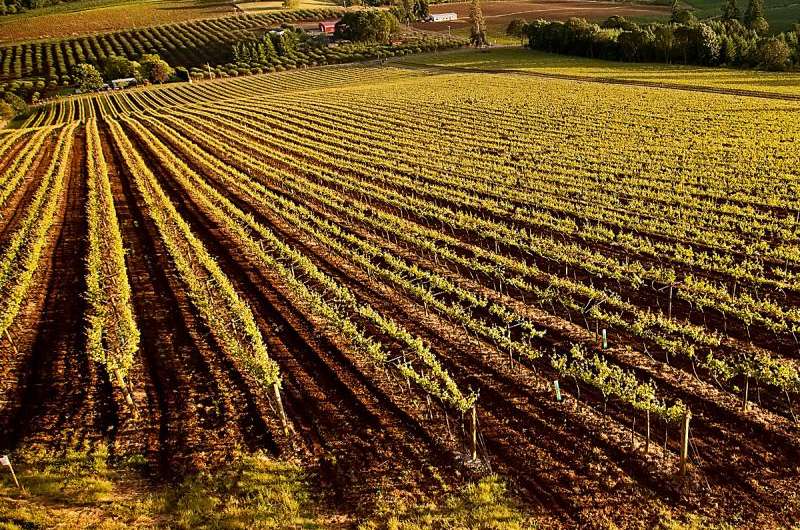The geology of wine

Every day, all around the world, millions of people contemplate a very simple question with a very complex answer: which wine? In this month's issue of GSA Today, Gregory Retallack (University of Oregon) and Scott Burns (Portland State University) examine the link between the taste of wine and soil properties.
The taste of wine has been the source of countless discussions for centuries. And when it comes to this topic, one might suggest two end-member personalities. There are those who extol the "gôut de terroir" and those who have never heard the term. Retallack and Burns nicely provide the reason for this distinction, after reviewing the concept of "tasting geology" and comparing soil properties and vintages for Pinot Noirs of the Willamette Valley.
Soil properties, particularly pH, affect the wine chemistry. So, while one cannot really taste the soil, the soil does modify the taste. Retallack and Burns' article puts science behind traditional tenets of vineyard management and adds a new dimension to dinner conversations everywhere.
More information: Gregory J. Retallack et al. The effects of soil on the taste of wine, GSA Today (2016). DOI: 10.1130/GSATG260A.1
Provided by Geological Society of America

















